Succulents are one of the most loved plants for home gardeners in the current era. They are not only easy to maintain but also offer various benefits as well.
However, some of the home grown plants become very hard to manage especially in the water. But, do you know what’s the case for succulents in colder months.
Do succulents go dormant in winter?
Well, most plants go through some kind of dormant period to preserve their energy in colder months. Succulents are no different. It is quite normal for a succulent to go dormant during the winter as there is generally much less light and the temperature reduces.
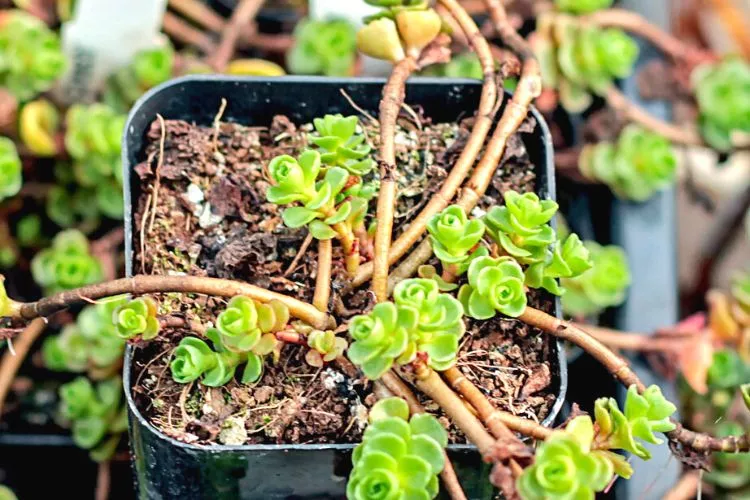
Caring for them during these times is as simple as giving them a sparse amount of water, keeping them at room temperature, and placing them somewhere they can receive light.
In this article, we’ll go through how to identify a dormant plant and some tips for caring for your succulents during winter so they thrive into the next season.
Table of Contents
Do succulents go dormant in winter?
Every plant species grows at an entirely different rate in different environments and under varying growing conditions. Furthermore, they go through both actively growing and dormant periods. When succulents enter their dormant period, they preserve their energy.
They do this because they are quite smart. They sense in their surroundings that they won’t be able to meet all their growing needs for a specific period. Therefore, they shut down and almost hibernate.
Dormancy isn’t restricted to just the colder times of the year. Many factors govern these times of inactivity. The most common include the availability of light and whether or not the succulent can be exposed to optimal temperatures.
Again, each plant has different needs. Some succulents are accustomed to warmer temperatures and will shut down during the colder months, and vice versa, with succulents that thrive best in the cold.
Do indoor succulents go dormant in winter?
In general, though, most indoor succulents become less active during the winter as they are light loving plants. They require at least 6 hours of direct or indirect light (again, depending on species) per day.
Furthermore, they thrive best in warmer temperatures. Most in-home locations simply don’t provide adequate light or warmth during their respective winter times.
Sure, window sills are okay, but not everyone has the luxury of the sun facing windows, let alone windows.
As the succulents hibernate, they only need a tiny sprinkle of water, so they don’t dehydrate, stable temperatures of around 50-60°F (10-15.5°C), and some good quality sun rays.
What do you do with potted succulents in the winter?
Potted succulents are no different from indoor variants because they also need to be insulated during winter. The easiest way to protect them is by bringing them indoors if possible.
Relocation should be done preferably late in the fall or before temperatures below 5ºF (15°C).
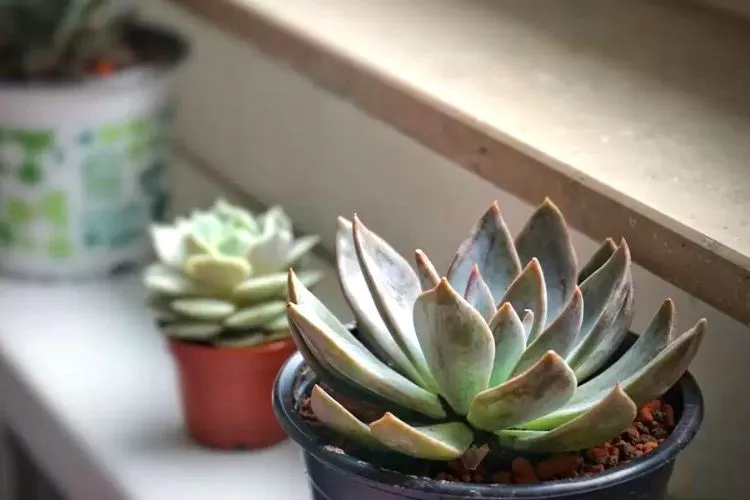
The next best option would be placing them somewhere with an overhead covering and/or a windbreak, such as a porch or a garage.
Once they have been moved out of the frontline, try to place them where they can receive light; they love light areas. Finally, water sparingly, as overwatering will lead to root rot.
How do I know if my succulent is dormant?
A dormant succulent is a normal occurrence, and the time of year one hibernates on the species. Although they may look unhealthy during this period, this is not the case.
A handful of characteristics to look out for when a succulent becomes dormant. Some are easy to spot, while others need a closer look. A succulent will be in energy preserving mode when it shows the following:
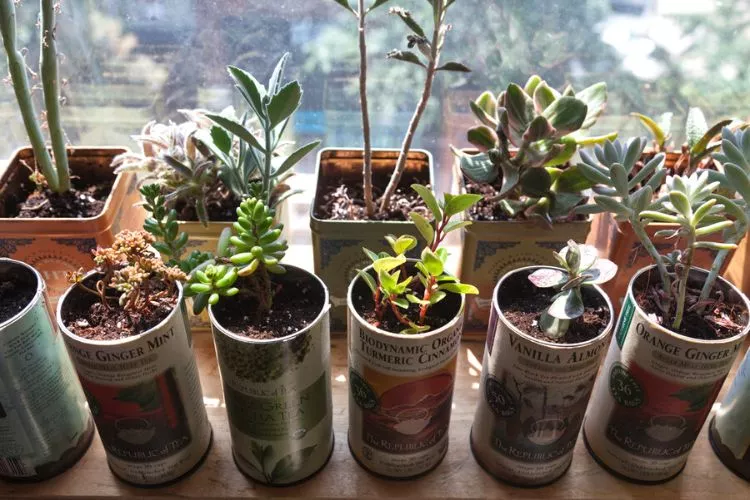
Minimal to no growth
The most obvious sign is when the plant slows right down in growth to the point where it stops. Like all plants, succulents need light to facilitate photosynthesis.
Photosynthesis converts light, among other elements, into the energy used to grow.
If the light isn’t present, the plant simply will not grow. The same principle applies to temperature. Succulents expend energy trying to survive in colder temperatures.
The energy used to grow is much greater than the energy used to survive. Therefore it’s more beneficial for them to just stop growing.
Upper plant weakens
Once a succulent becomes dormant, it redirects its energy to the root system to ensure it survives. The roots are the most important part of any plant.
As its minimal energy is directed at the roots, it stops impacting the rest of the plant. This can let the plant slowly fade into a yellow or brown color. The leaves may also become fleshy and drop or hang limply to the sides of the stem.
Rosettes may contract
Another characteristic that may not be as noticeable is the contraction of the rosettes.
Of course, not all succulents contain rosettes, but those that do can pull themselves in to preserve any energy that may be spent searching for sunlight when there is very little present.
How do you keep succulents alive in the winter?
Not all succulents plants go dormant during winter; in fact, many species can thrive really well in the colder months.
However, for the types that need extra care to keep them alive in the cold, the best way to ensure they are happy and thriving is via planning and mitigation. These steps include:
Shelter
The shelter is generally the most important aspect of the overall health of a dormant winter succulent. It can ultimately supply warmth or limit exposure to extreme weather conditions such as wind, rain, snow, etc.
Moving them is the best action to take when the temperature sinks below the plants’ threshold. This should be done around mid to late fall in anticipation of the temperature decrease.
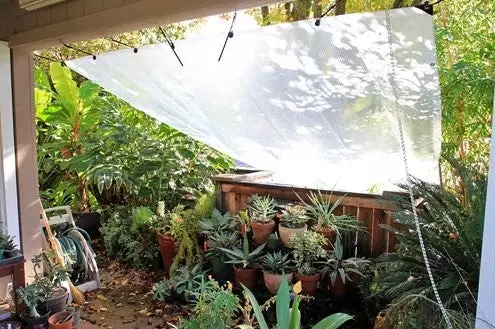
The best area to move your plants to is inside your home. If that isn’t possible, even under a covered area such as a porch or gazebo or inside a garage or shed is adequate.
If your plants cannot be moved into a protected shelter area, you can use some insulation techniques to help minimize any damage caused by the cold weather.
The main thing to think about is covering them while allowing them space to breathe and not be crushed. You can use upside down growing containers, cardboard boxes, or even blankets or towels weighted down with bricks or rocks. These methods generally protect them during around 2-4 degrees below freezing temperatures.
Warmth
Keeping your succulents at a regulated temperature is essential to keeping them alive. This can be achieved by moving them indoors, but the location may still be cold.
Winter dormant succulents thrive best in room temperatures between 50-60°F (10-15.5°C).
Some warm places that can be used indoors include window sills, above fridges, on ledges, above element heaters, etc. Alternative warming methods can include heat mats and heat lamps.
Light
Light is an essential factor in every plant’s growth. Light is converted into usable energy via photosynthesis. A lack of light can shut down any plant.
Once you have moved your succulents out of the harsh elements’ line of fire, place them somewhere that they can still receive ample light.
Sunlight is optimal, but if there is no possible way to allow them light from the sun, then growing lights could be another option.
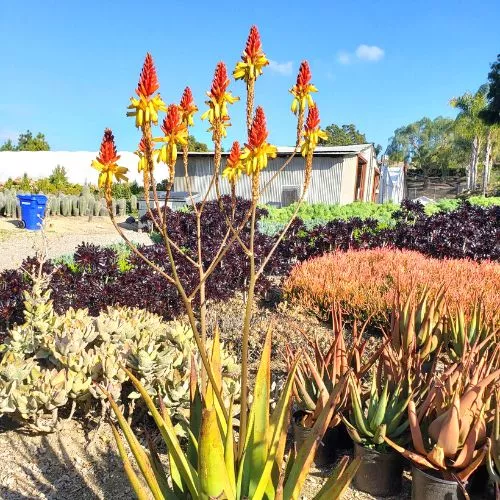
Water
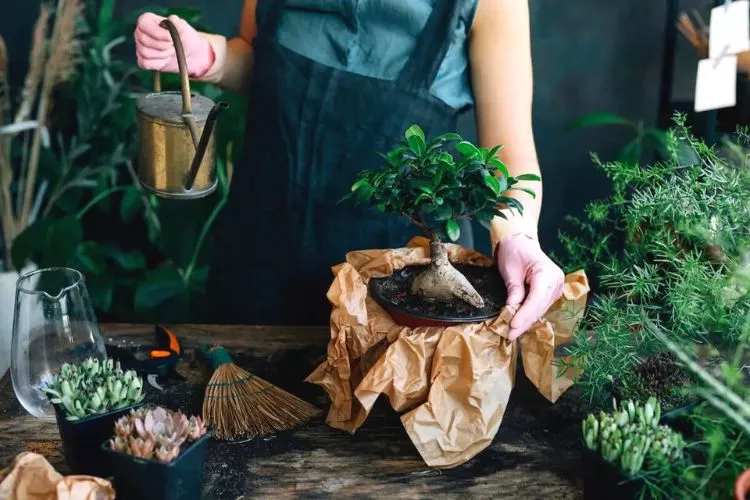
Water should be applied sparsely during a dormant winter period. Succulents receive very little of their other growing elements (sun, warmth, etc.) during this time, so adding water will only create more problems.
When a succulent gets too much water and doesn’t have the energy to soak it in, it will just sit stagnant in the base of the pot and cause the roots to rot.
Do succulents come back to life after winter?
When a winter dormant succulent goes into energy saving mode, it won’t generally affect its ability to flourish once that period ends. Instead, once the plant begins to soak in the light shining down and warmth again, it will slowly begin to gain its strength.
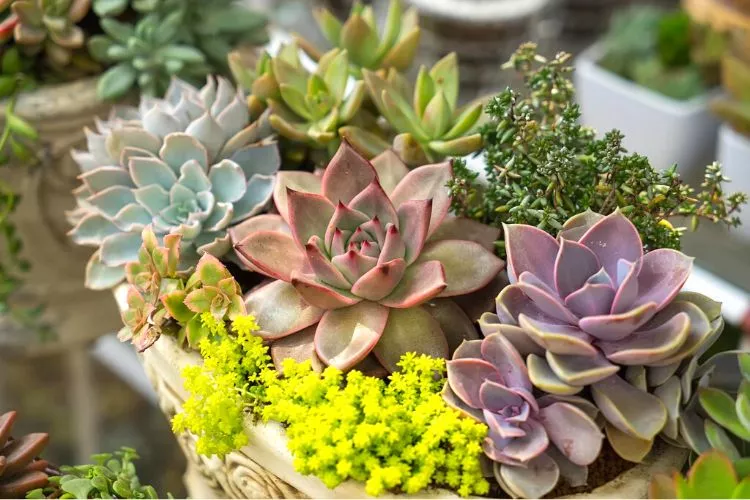
However, if the plant wasn’t adequately insulated, there is a good chance that the harsh winter weather has damaged it so badly that it cannot be revived. When a succulent becomes so cold that it freezes, the water inside the leaves will expand and burst the cell membrane. This will ultimately kill the plant.
Furthermore, if you notice that the leaves are brown and mushy, that can signify a rotting root system. Any damage that the root system succumbs to can be life threatening to a succulent.
Therefore, it’s extremely important to protect it as much as possible. This includes not over watering as well as providing thorough insulation.
Frequently Asked Questions (FAQs)
Do you stop watering succulents in winter?
Succulents that go into energy saving mode during the winter shouldn’t be given much water. This is because they aren’t receiving any other growing elements, such as light or heat. Therefore, they are not expending energy to grow. So the excess water will pool around the roots and freeze if it’s too cold or causes root rot. Either of the issues will kill a succulent.
How often should you water succulents during winter?
Water should only be administered in extremely small amounts and seldom during the winter. They only need enough to keep their system from dehydrating, which isn’t very common. A light sprinkles every 2 weeks is plenty of water during winter.
Can succulents be left out all winter?
It all depends on the type of succulent and the weather conditions. Some succulent species thrive well in cold climates, whereas others can freeze deep into their cell membrane and explode.
Additionally, winter in one country can be mild compared to another that may receive snow and ice. In general, a dormant winter succulent in a cold location should definitely be brought inside under shelter.
What month do succulents go dormant?
Different species of succulents go dormant during different periods of the year. Some succulents shut down during the summer as they thrive best in colder conditions, whereas other species go into energy saving mode during the winter to be ready to thrive in the summer. The species of succulents must be defined to understand whether or not they go dormant during specific months.
Conclusion:
Not all succulents go dormant in the winter. However, the ones that use their energy sparingly during these colder times ensure they are at full strength when they receive light and heat again.
As long as they are protected and nurtured during the winter, they will spring back to life when the time comes.
We hope that this guide has been helpful. You can read about similar topics here on our website. Check back again soon for more.


